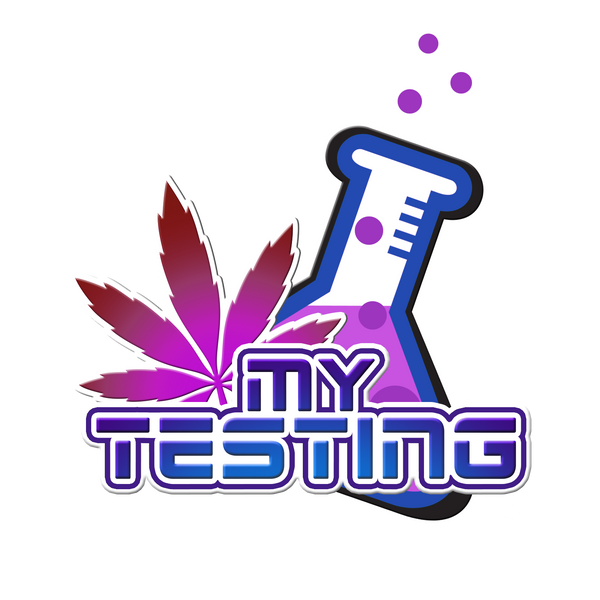How To Test Infused Clarified Butter With tCheck 3
Testing Butter with tCheck 3
Overview: The tCheck3 device is designed to assist in testing for cannabis potency in clarified butter. Recent tests have revealed certain complexities associated with the testing of different brands of butter and ghee, leading to discrepancies in readings.
In the case of ghee, manufacturers have different ways of preparing the butter prior to clarification, some involve slightly browning the butter to give the ghee a nuttier flavor. This browning process introduces flavonoids which interferes with tCheck's spectrometer. We've found Nanak butter is not usable for this reason.
Kerry Gold Irish butter are fed with a diet richer in beta carotene which results in a deeper yellow color, which also interferes with tCheck's spectrometer.
Unfortunately, both of these issues result in inaccurate tCheck measurements and there is no work-around.
We have tested the following brands with no issues: Land-O-Lakes, Challenge, Clover, Lucerne, Green Valley Lactose Free, and Tillamook Raw Farm.
Butter must be clarified and you should be able to see clearly through your butter sample. If you have white material in it, then milk solids remain and clarification is needed to get an accurate reading.
Inherent Discrepancies in Certain Butters and Ghees: Certain butters and ghees, such as Nanak Ghee and Kerry Gold Irish Butter, may exhibit inherent properties that interfere with the tCheck3 spectrometer, leading to incorrect readings (e.g., 10mg/mL in uninfused samples).
Ghee Preparation Methods: Variations in ghee preparation, particularly the browning process to enhance flavor, introduce flavonoids. These compounds interfere with the spectrometer's accuracy. We have found this to be the case with Nanak butter.
Diet of Cows: Cows producing milk for Kerry Gold Irish Butter are fed a beta carotene-rich diet, resulting in a deeper yellow butter. This coloration affects the spectrometer's readings.
Tested and Compatible Brands: Several brands have been tested and found compatible with the tCheck3 device. These include Land-O-Lakes, Challenge, Clover, Lucerne, Green Valley Lactose Free, Tillamook, and Raw Farm.
Importance of Clarification: It is crucial that the butter used is clarified (i.e., milk solids removed). Unclear butter samples with milk solids will yield inaccurate readings. A clarified sample should be transparent without white residues.
FAQs:
Why do certain butters like Nanak Ghee and Kerry Gold Irish Butter show inaccurate readings on tCheck3?
These butters have inherent characteristics (flavonoids in ghee due to browning, and high beta carotene in Kerry Gold) that interfere with the spectrometer in tCheck3, leading to false readings.
What should I look for in a butter to ensure accurate tCheck3 readings?
Choose a butter that is not inherently dark or rich in flavonoids or beta carotene. Ensure the butter is clarified, meaning it should be transparent without milk solids.
Is there a way to clarify butter at home to ensure accurate readings?
Yes, you can clarify butter at home by gently melting it and allowing the milk solids to separate and settle. Skim off the clear (clarified) butter from the top.
Are there any other tips for using tCheck3 effectively with cannabis-infused butter?
Always ensure your sample is homogenized for consistent testing. Follow the device instructions carefully, and use only compatible butter brands for best results.
How can I check if the butter I purchased is compatible with the tCheck 3?
To validate your butter's compatibility with the tCheck3 device, perform a control test using an uninfused butter sample. Expect a result of <1.0, confirming the butter's suitability for accurate potency testing of infused products. This initial step is crucial for ensuring consistent and effective cannabis testing.
Conclusion: Understanding the intricacies of testing cannabis-infused butter with the tCheck3 device is vital for accurate measurements. Awareness of the type of butter used, its preparation, and ensuring clarification are key factors in achieving reliable results.
